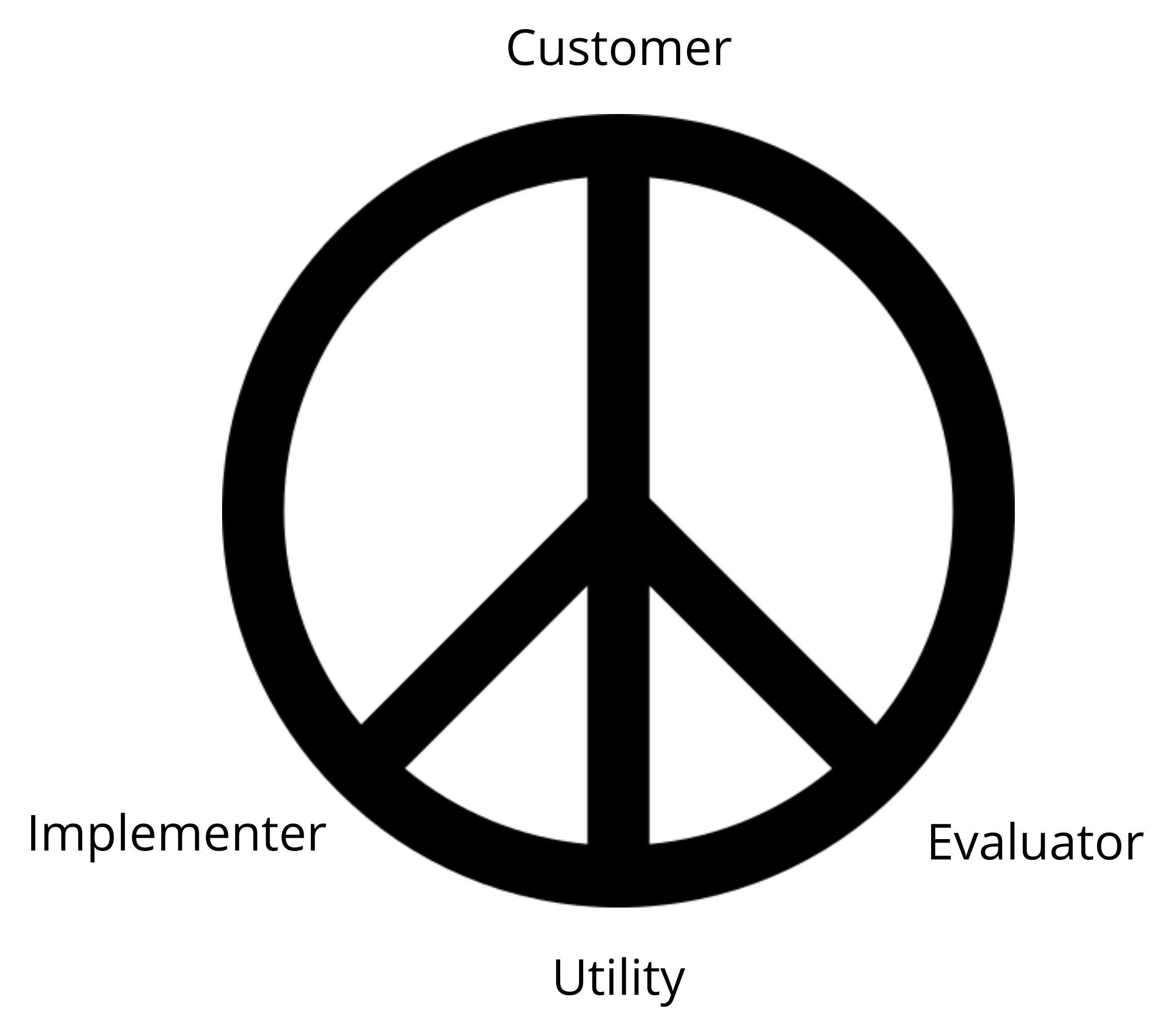
What are the key ingredients to high-performing energy efficiency programs? That is the question that came to mind as I randomly grabbed an old edition of Public Utilities Fortnightly out of my six-inch stack of unread stuff. The article is entitled Top-Performing States in Energy Efficiency by Sanem Sergici with the Brattle Group. You can read that yourself, but I only got about three paragraphs in and realized how broadly one must observe to answer the question at hand. Administrators and Delivery Contractors What is an administrator? They are responsible for the results of a portfolio of programs for a…
Read More




